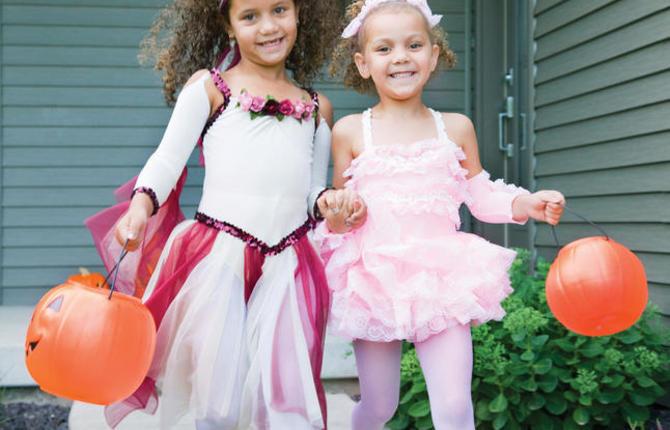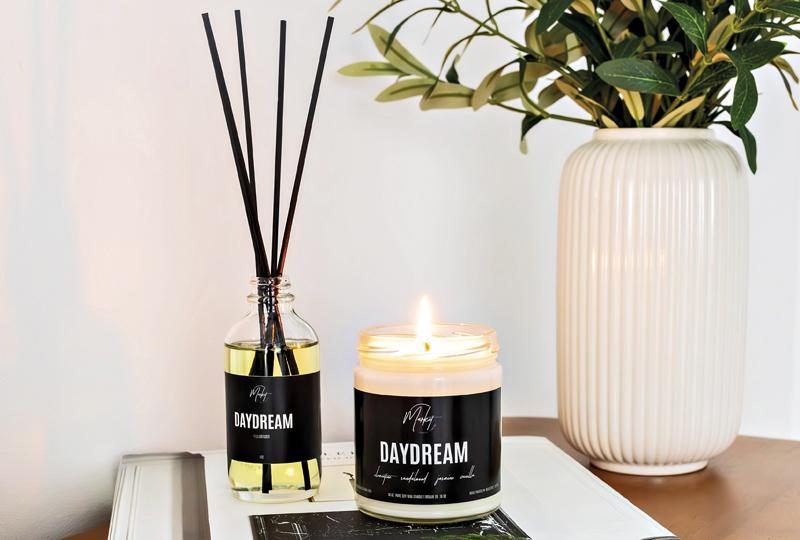
Celebrate a a spooky and safe Halloween
Move over black and orange, there’s a new colour popping for Halloween this year: Green.
Environmentally conscious people are interested in the best ways to celebrate Halloween in an earth-friendly way. Little changes can mean a world of good this season. Here’s how to enjoy the spirit of trick-or-treating and other Halloween fun with an eco-friendly spin.
* Participate in a costume exchange. Chances are kids and adults have one or more Halloween costumes tucked in the closet from years passed. Instead of heading out and purchasing new costumes, organize a costume exchange with friends or family. This will save everyone money and natural resources.
* Save energy. What better time to dim the lights in the house and rely on candles or energy-saving LED accent lights? Create a spooky atmosphere and reduce the electric bill in the process.
* Eliminate the phantoms and vampires lurking. Phantom Load or Energy Vampires are terms used to describe appliances or other electronics that may be eating away at power even when they’re off. Cell phone chargers, for example, continue to draw power even when the phone is disconnected. So remember to unplug any unused items.
* Give out non-food, green treats. Instead of mass-produced, heavily packaged candy, think about other treasures for children. Items such as modelling dough, acorn craft creatures, pencils and paper for drawing, stickers, handmade friendship bracelets, and glass craft beads all make good stand-ins for candy.
* Purchase fair trade chocolate. Look for candy manufacturers who practice fair trade policies. Cadbury, for example, now offers fair trade cocoa products.
* Make recycled costumes. Turn everyday items into a great costume. Aluminum foil, soda cans, paper towel rolls, and fabric scraps can be turned into an ideal costume. When done, put the items in recycling bins instead of the trash.
* Host a green party. To host a green Halloween party, purchase items that can be used beyond Halloween, so they don’t end up in the trash come November 1. (MS)
Here are some other ideas
• Choose dishes and cups that are neutral in design.
• Consider hollowed-out pumpkins and gourds for serving vessels.
• Use electronic invitations instead of paper ones.
• Choose organically grown foods to serve at the party. Also, pick foods that are in season.
• Organize a party carpool to save on energy.
* Use cloth trick-or-treat bags. Instead of plastic bags that often end up in the garbage, use reusable bags for gathering treats. An old pillowcase works
just as well, too.
Little-known Halloween trivia
Halloween has been celebrated for centuries. Still, most people simply think it’s about dressing up and scouring the neighborhood for candy. A true Halloween lover knows the tasty tidbits of information about the holiday’s history and customs.
The holiday of Halloween has been celebrated for 2,000 years and dates back to the ancient Celts who inhabited Britain. They practiced a Druidic fire festival called “Samhain.” It marked the end of the autumn harvest season and the signalling of winter to come, or the end of the “lighter half of the year” and the beginning of the “darker half.” The Celts believed that the border between the current world and the “Otherworld” thinned out on Samhain, allowing spirits to pass through.
There are other associations between Halloween and the celebrations of the dead. Originally there were pagan festivals to celebrate the dead. However, in the 7th century, when Christianity was blooming, Pope Boniface wanted to replace pagan festivals with Christian celebrations. He introduced All Saints Day to replace pagan death festivals. It was originally observed on May 13, but was later moved to November 1.
All Saints Day was known by other names, including All Hallows or All Souls Day. Hallow is an Old English word meaning “sanctify.” Eventually, the day before the religious holiday came to be known as All Hallows Eve, or the Hallow E’en as it was known in Ireland. The term was later shortened to Halloween, as it is known today.
Today, Halloween is a largely secular holiday and no longer has such tight religious ties. It is widely known as a day of fun and mischief when individuals dress up to scare away otherworldly spirits and beg for treats and tricks.
The colours of orange and black likely became the mascots for Halloween because orange is associated with the harvest and black is associated with death. Other harvest-related decorations are also used, including hay bales and corn husks. However, the larger part of the decorating leans toward the occult, including ghosts, witches, goblins and the like. Much of this decor is inspired by the ghost stories of books and Hollywood, such as “Dracula” and “Frankenstein.”
The Jack-O-Lantern is also an integral part of Halloween tradition. Legend has it that there was an Irishman named Jack who was a stingy prankster. Jack even tricked the Devil out of Jack’s soul, making the Devil promise to never possess it. When Jack eventually died, he was refused entry to Heaven for being too mean and ill-mannered. Jack went down to Hell and the Devil kept his promise, refusing to allow him entry there, either. Jack asked the Devil how he could find his way around in the dark place between Heaven and Hell. The Devil tossed an ember to Jack, who placed it in a hollowed-out turnip. He then roamed eternity with his Jack O’Lantern.
Halloween can be a fun day for children and adults, even more so when the tradition behind the day is known. (MS)





